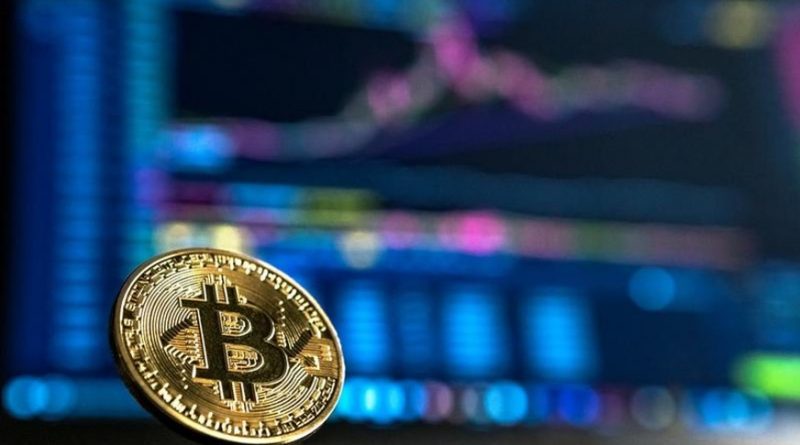The Bitcoin Halving Has Commenced – What Does This Mean for Buyers and Traders?
Source: Unsplash
One of the most dramatic events in the cryptocurrency ecosystem, the bitcoin ‘halving’ event, has now occurred for the third time in history. For those that don’t know, halving is a term used to describe when the rewards for mining new bitcoin ‘blocks’ are halved.
This process typically takes place every four years, when the number of harvested blocks reaches 210,000 blocks, equivalent to 10% of the total number of bitcoins in existence. Following the previous halvings in 2012 and 2016, the value of bitcoin skyrocketed in the immediate aftermath, due to the fact that halving makes the availability of new bitcoins much more scarce.
The second halving of 2016 is directly credited with facilitating the bitcoin bubble of 2017 which saw the price of the currency reach a record of almost $20,000 per coin. With this most recent halving, the number of total blocks has now hit 630,000, meaning that the reward for each subsequent block that is mined has fallen from 12.5 to 6.25 bitcoins.
A More Muted Market Reaction
This marks a dramatic reduction in the rate of increase of new bitcoins which, on the surface, might create similar situations of scarcity. That in turn could fuel demand and push up the price of bitcoin. This is what has happened after previous halving events.
However, immediate analyses of this week’s post-halving market suggest that things might be different this time around. For one, the practice of bitcoin trading in which people trade cryptocurrency CFDs based on the performance of BTC – rather than actually mining bitcoin – is much more widespread. This is a result of what has been described as the ‘maturing’ of the bitcoin market, which suggests that we will not see the same dramatic booms and busts that we have seen in the aftermath of previous halvings.

Expect Price Rises, Albeit More Modest Ones
For bitcoin buyers, miners, and traders in the Philippines, it pays to know what to expect in the aftermath of this historic halving. One of the most notable trends in the aftermath of the halving is the apparent stability of BTC.
Despite a few minor fluctuations, the price of bitcoin has remained largely stable, rising only gradually. While there is little sign of a price surge on the horizon, owing to the market conditions described above, it is likely that BTC will see some modest gains in the coming weeks. The main driver of this is likely to be the relative scarcity of bitcoins on the market, a phenomenon compounded by jittery traders withdrawing their BTC from exchanges in the immediate aftermath of the halving.
In the first two days following the halving event, investors withdrew 24,000 BTC from exchanges, representing around $222 million worth of coin. In response, almost all of the major bitcoin exchanges dramatically hiked up their transaction fees in an attempt to stem the outward flow of BTC and shore up their bottom line, with an average transaction fee increase of 800% being seen across the main exchange platforms.
This has contributed to the modest price rises we have seen in recent days. While this effect is likely to continue in the near future, the results we have seen so far suggest that any gains that will materialize as a result of the halving will continue to be modest.
For now, traders and miners are likely to be discouraged from trading and buying until the market picks up again. Once the initial ‘shock’ of the halving dissipates, a bitcoin bull market may well recommence.




